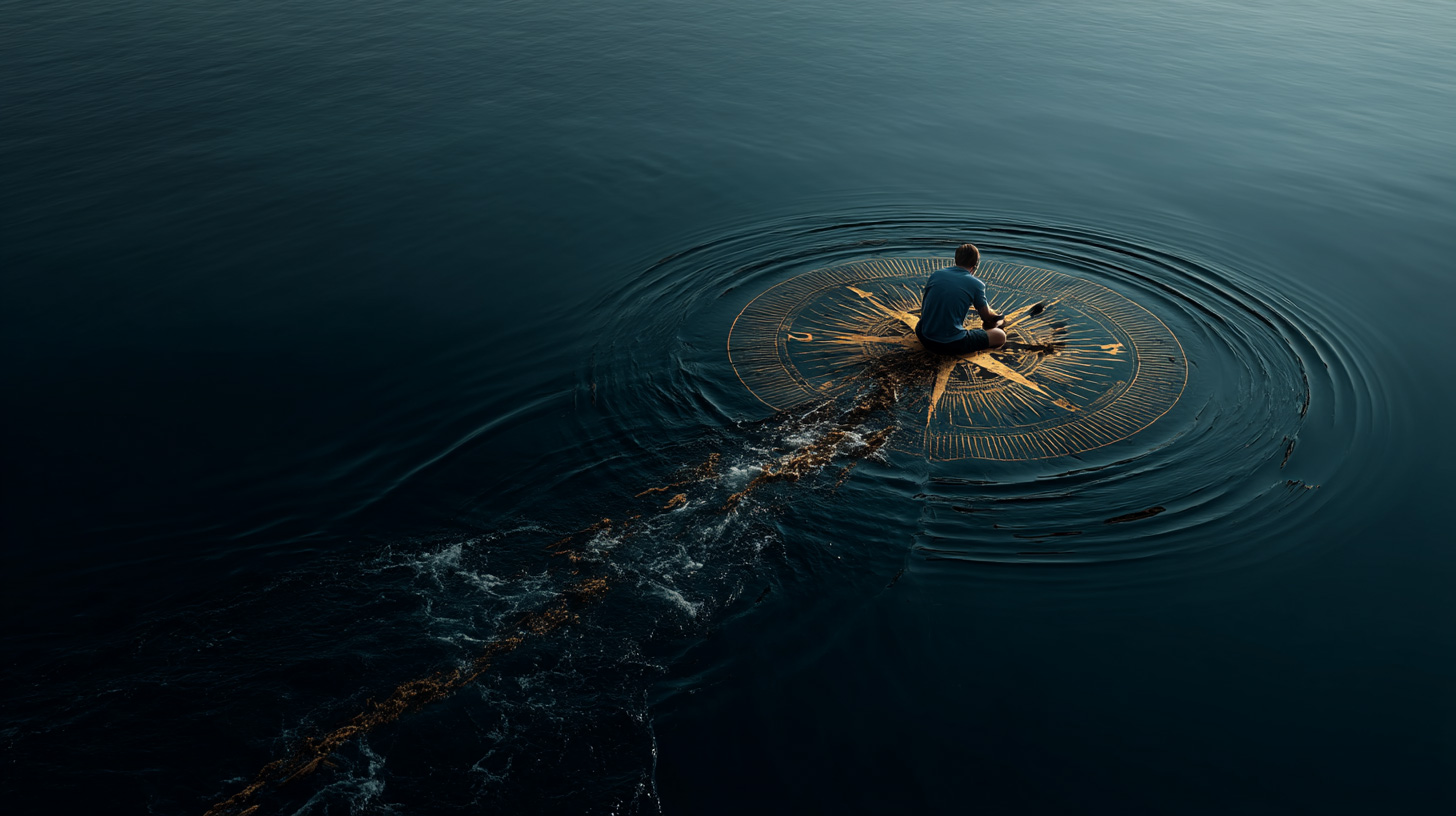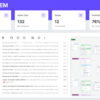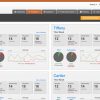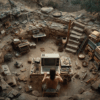AI flattened the playing field. Everyone has the same tools. Strategy, code, content, and analysis are just a prompt away. Intelligence is no longer a moat, it’s the baseline.
So where is the real whitespace?
The obvious opportunities are saturated
Everyone’s watching the same decks, reading the same trend reports, and following the same influencers. The second a space looks promising, it’s already crowded.
If you’re building based on what’s trending, you’re already late.
Today, the edge lies in identifying what’s not being talked about, what’s emotionally resonant but commercially invisible, what solves pain no one is glamorizing.
Discovery is harder. Access is easier.
What used to take a team and a six-figure budget can now be built by one smart person in a weekend. No-code tools, generative AI, and global networks have removed the barriers.
But that also means anyone can play.
The moat isn’t capital or scale anymore. It’s taste. Speed. Clarity.
Where blue oceans actually live now
The real opportunities are hidden in:
- High-friction workflows that nobody’s fixed
- Identity-driven markets no brand truly understands
- Emotional whitespace that feels too complex to productize
- Cultural or industry intersections where no one’s connecting the dots
Blue oceans might not look sexy. They might look boring, weird, or hard to explain. Until they’re obvious in hindsight.
What changed since 2010
Here’s how blue oceans have evolved:
- In 2010, the edge came from being first to a new tech. In 2025, it’s about being fastest to execute and clearest on context.
- In 2010, broad markets were the target. In 2025, hyper-specific problems with high emotional stakes win.
- In 2010, the product was the differentiator. In 2025, distribution and trust are.
- In 2010, capital gave you scale. In 2025, taste, adaptability, and defensibility matter more.
- In 2010, insight came from dashboards. In 2025, it’s in the messy, unstructured behavior AI can’t yet predict.
Being early to a trend doesn’t win. Being early to a truth others don’t see, that’s where the edge lives.
Better questions to find them
- Where are people desperate but still underserved?
- What emotional or cultural need is being ignored?
- Can this be cloned fast, or is it rooted in something uncopyable?
- Is this going to feel obvious to everyone in three years?
Final thought
Blue oceans still exist. But the criteria to find them have changed.
They’re not in the headlines. They’re in the friction, the feelings, the forgotten workflows, and the ignored populations.
At Lithyem, we help CEOs uncover and build into these overlooked opportunities, where their edge is real, not replicable.
Curious where yours might be? Let’s talk.

















